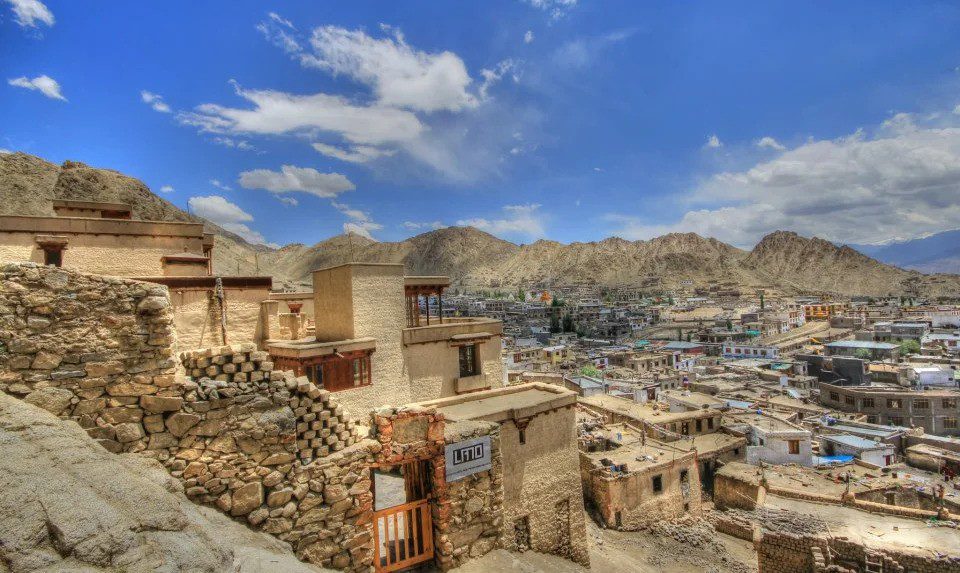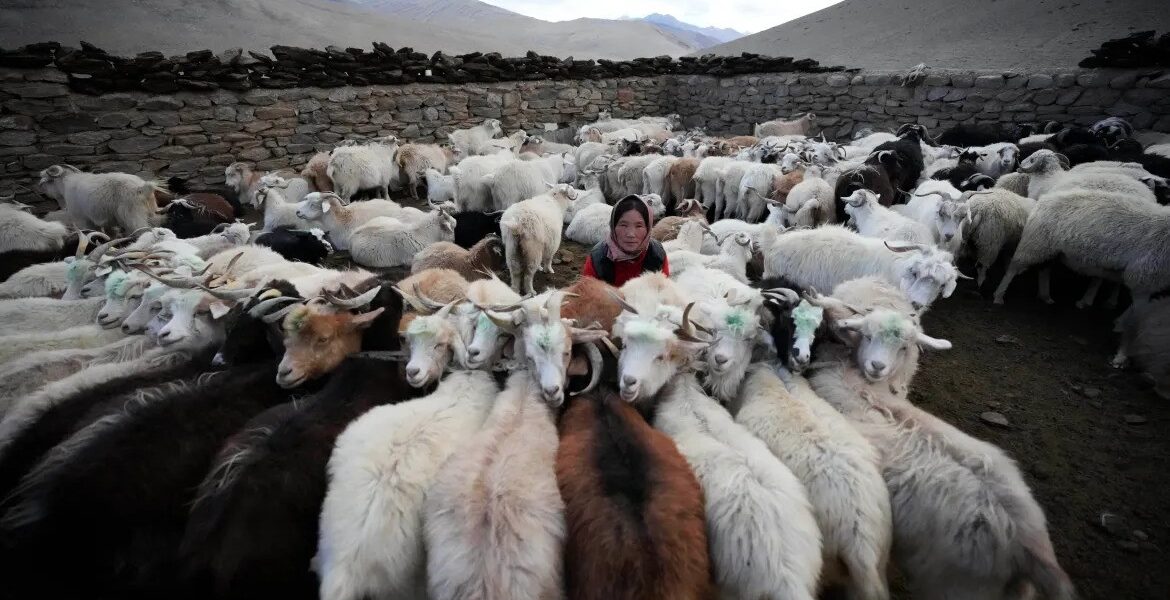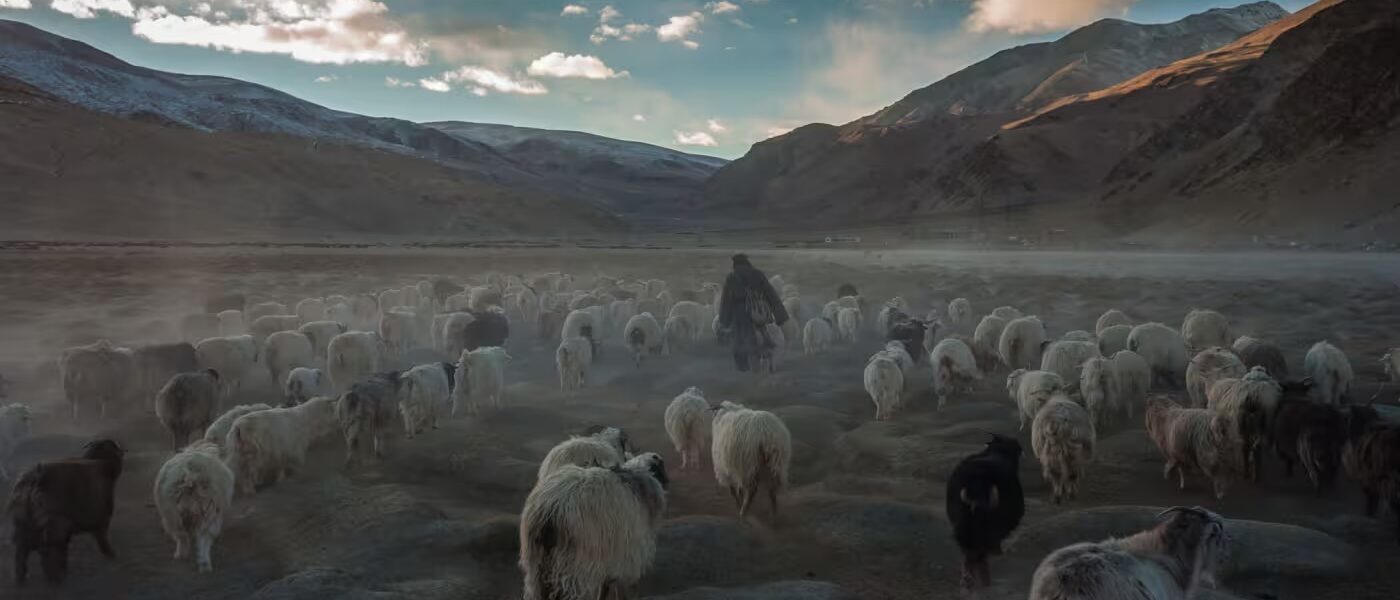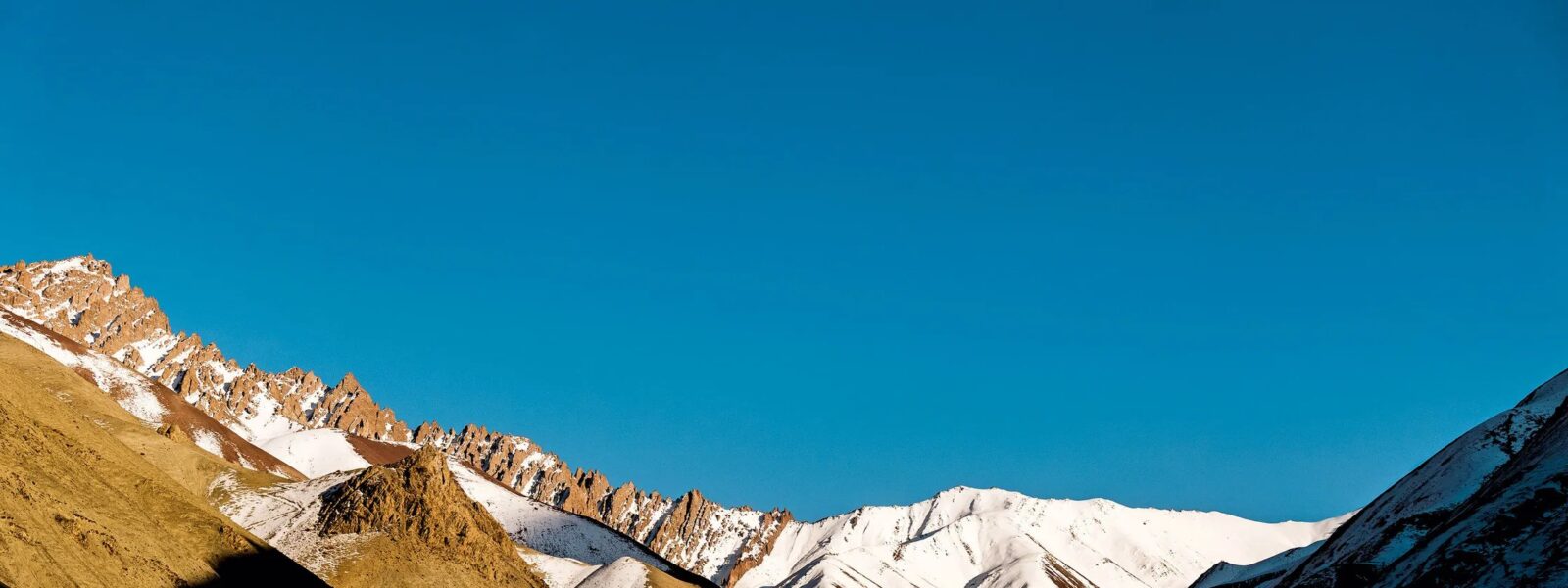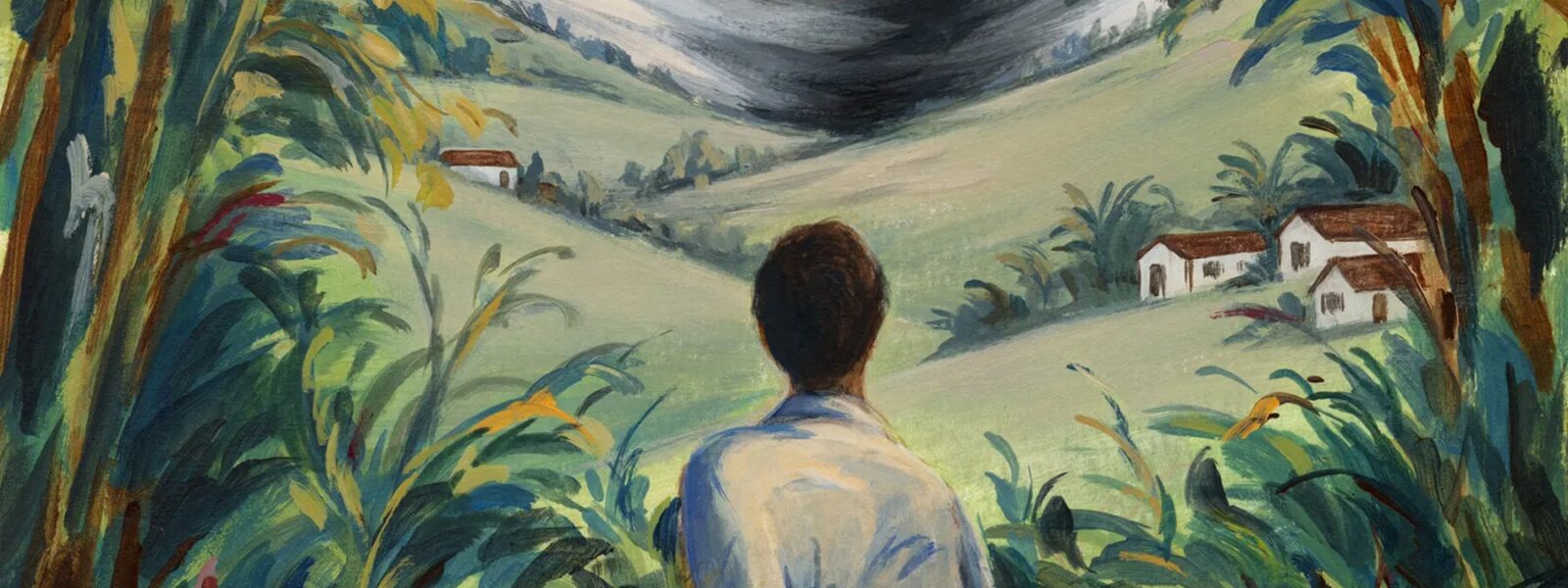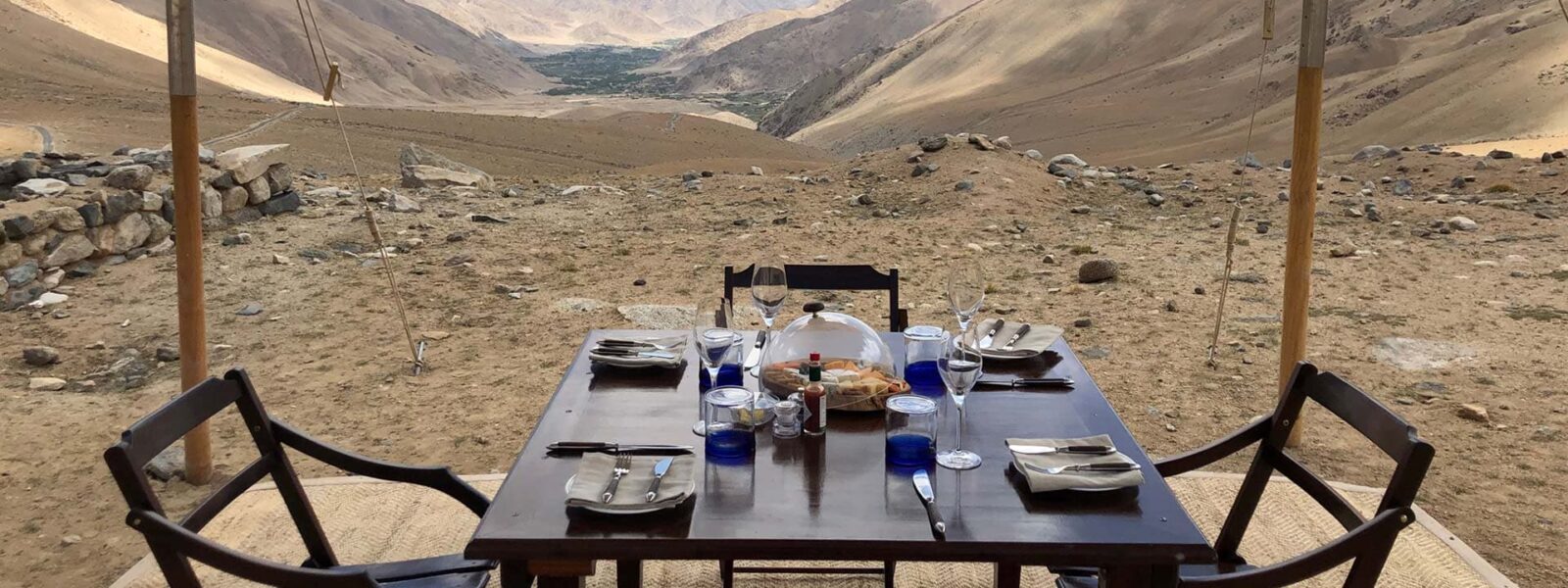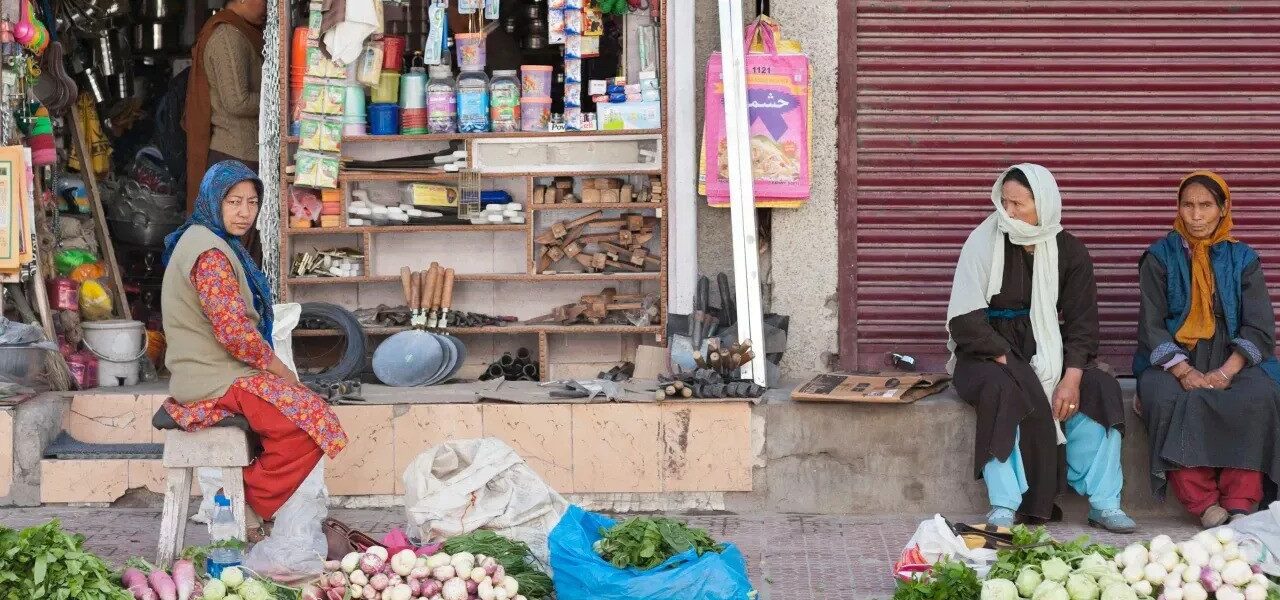This article is part of the 4-page series:
- Ladakh Travel Guide 2025: Explore the Hidden Gem of the Indian Himalayas
- How to Reach & Explore Ladakh in 2025
- Top Places, Culture & Itineraries in Ladakh 2025
- Staying Smart & Traveling Responsibly in Ladakh
Use the links above to navigate through the complete Ladakh Travel Guide for 2025.
How to Reach Ladakh: By Road, Air, or Adventure
Reaching Ladakh is no ordinary journey — it’s the start of the adventure itself. Whether you’re flying above the Himalayas or driving along some of the world’s highest mountain roads, getting to Ladakh in 2025 is a breathtaking experience in every sense. Depending on your travel style, time constraints, and desire for thrill or comfort, there are several ways to access this high-altitude wonderland.
✈️ By Air: Quickest and Easiest Route
The fastest and most convenient way to reach Ladakh is by air. Leh’s Kushok Bakula Rimpochee Airport (IXL) is well-connected to major Indian cities like Delhi, Mumbai, Srinagar, and Chandigarh. In 2025, more daily flights are expected, especially during the summer months (May to September), when tourism is at its peak.
Flying into Leh offers stunning aerial views of snow-capped peaks and turquoise lakes, but remember: you’ll be landing at over 3,500 meters. It’s essential to rest and acclimatize for 24–48 hours before engaging in any strenuous activity. Morning flights are generally more reliable due to favorable weather conditions in the mountains.
🚗 By Road from Manali: The Epic Adventure Route
If you’re up for an unforgettable Himalayan road trip, the Manali–Leh Highway is for you. This 472 km route opens from late May or early June and remains accessible until October, depending on snow conditions. It takes you over several high-altitude passes such as Rohtang La and Tanglang La, and past surreal landscapes in Sarchu and More Plains.
Most travelers split the journey over two days, staying overnight in Keylong, Jispa, or Sarchu. In 2025, with ongoing road improvements and BRO’s efforts, the drive is expected to become smoother but no less thrilling. Ideal for bikers, self-drivers, and group tours — this is the classic overland adventure.
🛣️ By Road from Srinagar: The Scenic & Safer Ascent
The Srinagar–Leh Highway offers a slightly gentler ascent and is often recommended for those concerned about altitude sickness. Open from April to November, this 434 km route takes you through the stunning Kashmir Valley, Drass (the second-coldest inhabited place on Earth), Kargil, and the moonscape of Lamayuru before finally reaching Leh.
Many travelers opt to fly into Srinagar and then drive to Leh over two days, stopping in Sonamarg or Kargil. The road is well-paved and lined with army camps, monasteries, and dramatic scenery — perfect for photography and gradual acclimatization.
🚍 By Bus or Shared Taxi
For budget travelers, both Himachal Road Transport Corporation (HRTC) and Jammu & Kashmir SRTC operate seasonal buses from Manali and Srinagar to Leh. These are economical but long rides (15–18 hours), so overnight breaks are advisable. In 2025, shared taxis from Manali, Srinagar, or even Kargil remain popular among backpackers and locals alike.
⚠ Important Travel Notes for 2025
- Weather can change rapidly in the mountains. Always check road status updates from BRO or local sources.
- Fuel stations are limited along the highways — especially on the Manali–Leh route. Keep extra fuel and water.
- Acclimatization is key. Driving from Srinagar helps you adjust better than flying or coming from Manali.
- In peak season (June–August), flights and taxis get booked early. Plan ahead.
No matter which route you choose, the journey to Ladakh is one of awe and anticipation. As you pass barren cliffs, alpine meadows, and ancient monasteries perched on craggy peaks, you’ll realize — getting there is already half the story.
Next, we’ll cover the essentials you’ll need before stepping foot in Ladakh: permits, regulations, and travel documentation for 2025.
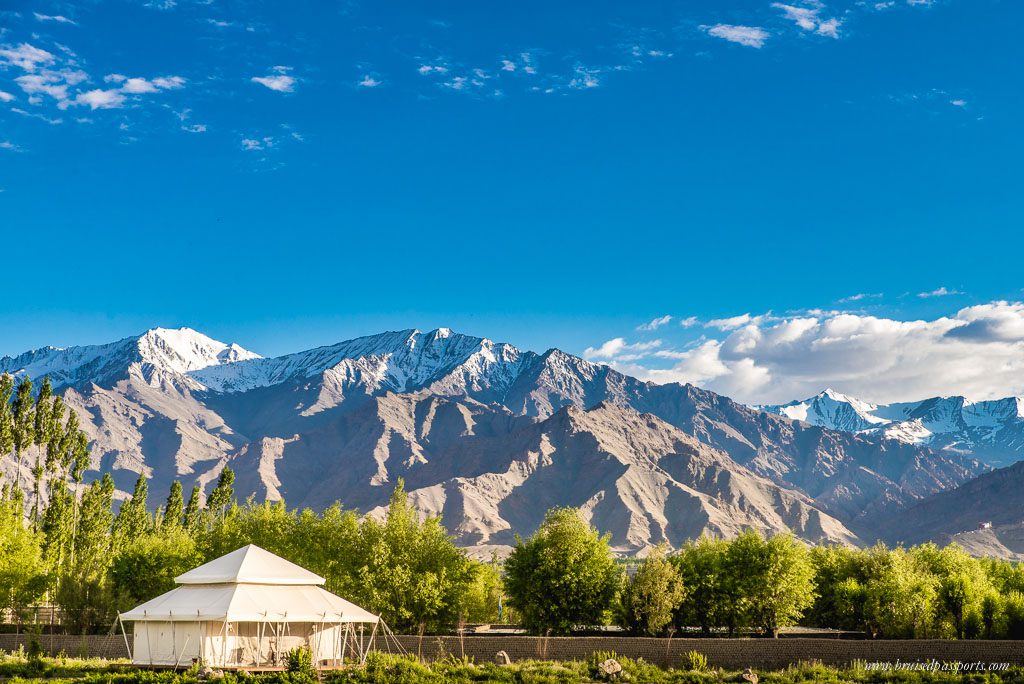
Essential Travel Permits and Regulations for Ladakh 2025
While Ladakh offers a sense of vast freedom and remoteness, some areas remain sensitive due to their proximity to international borders. As a result, travelers—both domestic and international—are required to obtain certain permits before exploring key destinations. This guide outlines all the permit requirements, processes, and updates for 2025, helping you travel with peace of mind.
🛂 What is an Inner Line Permit (ILP)?
An Inner Line Permit (ILP) is a mandatory travel document issued by the local administration for Indian citizens who wish to visit protected border areas in Ladakh. These include popular destinations like:
- Pangong Lake
- Nubra Valley
- Tso Moriri
- Hanle
- Nyoma and beyond
Even though Leh and surrounding areas (Shey, Thiksey, Hemis) do not require any permits, visiting most places east or north of Leh does.
🌍 Do Foreign Nationals Need Permits?
Yes. Foreign nationals require a **Protected Area Permit (PAP)** to visit the same regions mentioned above. Unlike Indian citizens, foreigners are only allowed to travel in **designated groups (minimum two people)** and must apply through **registered tour operators** in Leh. Solo foreign travelers cannot access certain areas unless accompanied by a local guide or approved group tour.
📌 How to Obtain Permits in 2025
In 2025, the most convenient way to get your ILP is through the official online portal:
https://www.lahdclehpermit.in/
Alternatively, you can also apply in person at the Deputy Commissioner’s Office in Leh. Required documents include:
- A valid government-issued photo ID (passport, Aadhaar, driving license, etc.)
- Passport-size photos (for offline applications)
- Details of your planned itinerary
Permits are usually issued the same day, especially if applied in the morning.
💸 Permit Fees and Environmental Charges
In 2025, the following charges are applicable when obtaining an ILP or PAP:
- Environment Fee: ₹400 (one-time)
- Red Cross Fund: ₹100
- Wildlife Fee: ₹20 per day
Charges may vary slightly based on updates by the Leh District Administration. Always verify latest details before applying.
🧭 Travel Zones That Require Permits
Below are some of the key regions requiring special permission:
- Nubra Valley – including Hunder, Turtuk, and Panamik
- Pangong Lake – all the way to Spangmik and beyond
- Changthang Plateau – Hanle, Chushul, Nyoma
- Tso Moriri Lake – including Karzok village
⚠ Important Tips for 2025
- Always carry multiple copies of your permit when traveling. You may need to show them at several checkpoints.
- Digital permits are accepted at some posts, but physical printouts are still recommended in remote areas.
- Permit validity is generally 7 days, but can be extended upon request.
- Some restricted areas may be closed without prior notice due to security or weather conditions.
In short, while the permit process might seem like an extra step, it’s relatively easy and ensures safe, controlled access to Ladakh’s most remote and magical locations. Planning ahead will save you time, money, and unnecessary stress once you’re on the road.
In the next section, we’ll dive into essential travel tips for Ladakh — from what to pack, how to prepare for the altitude, and practical do’s and don’ts to help you travel smart in the high Himalayas.
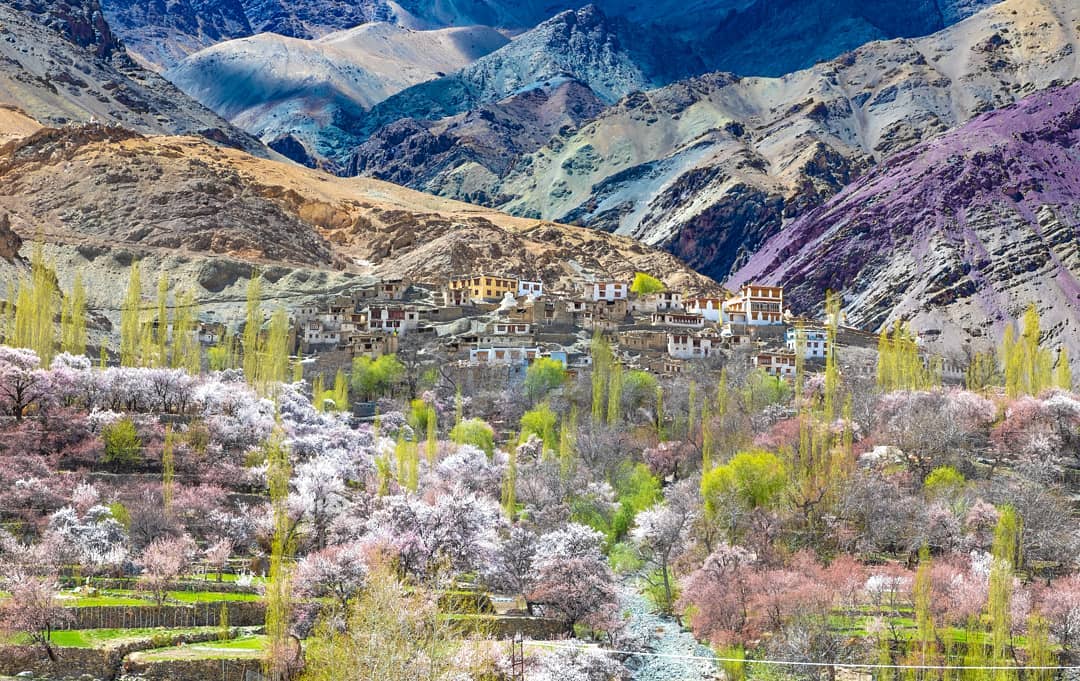
Ladakh Travel Tips: What to Know Before You Go
Ladakh is not your average holiday destination. It’s beautiful, yes — breathtakingly so — but it also demands preparation, respect, and awareness. Located at altitudes where oxygen is thinner and infrastructure can be limited, Ladakh rewards the mindful traveler. This section gives you essential travel tips to help you stay healthy, safe, and in tune with the land and its people.
🌬 Acclimatize Properly to Avoid Altitude Sickness
One of the most important tips for Ladakh is: acclimatization is non-negotiable. Landing in Leh means arriving at over 3,500 meters, where the risk of Acute Mountain Sickness (AMS) is real. Common symptoms include headache, dizziness, nausea, and shortness of breath. To reduce the risk:
- Rest for the first 24–48 hours after arrival.
- Drink plenty of water — hydration is key.
- Avoid alcohol and strenuous activity early on.
- Consult a doctor in advance if you have respiratory issues.
For high-altitude treks or journeys to places like Khardung La or Pangong Lake, allow your body enough time to adapt before ascending further.
🎒 What to Pack for Ladakh in 2025
Weather in Ladakh can be unpredictable. Sun, wind, and snow can all occur in the same day, even in summer. Essentials include:
- Layered clothing (thermal base, fleece, windproof jacket)
- Woolen socks, gloves, and a warm hat
- Sunscreen (SPF 50+), lip balm, and sunglasses
- Reusable water bottle and purification tablets
- Power bank and universal adapter
- Personal medications and a basic first aid kit
- Cash (ATMs are limited and often non-functional outside Leh)
🧭 Navigation and Connectivity
Leh town has decent mobile coverage (Airtel, Jio, BSNL), but once you venture into remote areas like Nubra or Tso Moriri, signal becomes patchy or disappears entirely. A postpaid Indian SIM card is required — prepaid cards from outside Ladakh do not work. Download offline maps before leaving Leh.
🕌 Cultural Etiquette and Local Customs
Ladakh is deeply spiritual, influenced by Tibetan Buddhism and Islam, depending on the region. Travelers are welcome, but respect is essential:
- Always ask before photographing people, especially monks or villagers.
- Dress modestly when visiting monasteries or villages.
- Remove shoes before entering temples or homes.
- Don’t touch prayer flags, sacred objects, or monks without permission.
- Use water cautiously — Ladakh is a cold desert with limited supply.
♻ Responsible and Sustainable Travel Tips
In 2025, more travelers are choosing eco-conscious journeys. Ladakh is fragile — both culturally and environmentally. Do your part by:
- Bringing your own reusable water bottle and shopping bags.
- Avoiding plastic waste — dispose of garbage properly or carry it out.
- Staying in homestays or locally-run guesthouses.
- Respecting local traditions and being mindful of noise and behavior.
💡 Quick Tips Recap
- Altitude: Acclimatize first, ascend slowly.
- Packing: Prepare for extreme weather, even in summer.
- Connectivity: Carry offline maps; postpaid SIMs only.
- Culture: Dress modestly, ask before photos.
- Eco: Travel light, leave no trace, support locals.
Ladakh is not just a destination — it’s a shift in pace, perspective, and purpose. Prepare well, stay flexible, and travel with respect — and Ladakh will reward you with the journey of a lifetime.
Up next, we explore the breathtaking landscapes and sacred sites that await: from tranquil lakes to lunar valleys — the best places to visit in Ladakh.

